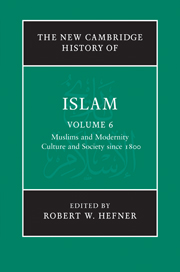Article - Introduction
In recent years, Islam’s two holiest cities have been purged of the ancient architectural vestiges of a more tolerant past. In the name of Wahhābī conceptions of religious purity, the Saudi leadership stripped Mecca and Medina’s historic sites of ‘heretical effigies’ fearing that heritage preservation ‘could lead to polytheism and idolatry’. The historic urban fabric around sacred sites was destroyed; Dār al-Arqām – the first school in Islamic history where the Prophet taught – was demolished; the Mosque of Billāl, the Baqīʿa cemetery of the Prophet’s companions, Shāfiʿī, Sufi and, of course, Shīʿa shrines were bulldozed down to bedrock by the Saudi Ministry of Awqāf to expunge the haunting spirits of Islam’s history of diversity. Since the oil boom of the 1970s Mecca’s delicate ecological system that had facilitated the sublime experience of the ḥajj around the holy precinct for a millennium and a half, has been turned into ‘a nightmare obstacle course generating hazards in which the very survival of the pilgrims was at stake’. Pilgrims had moved through it ‘like water flowing in a gentle stream’ for centuries. Now, the Qurʾānic Barren Valley was turned into a concrete jungle whose multistorey banks, malls and hotels have laid siege to the Grand Mosque. The developer charged with the reconstruction of Mecca and Medina – the Saudi Bin Ladin Group – celebrated the project as a ‘Story of the Great Expansion’.
Publication Type
- Article



